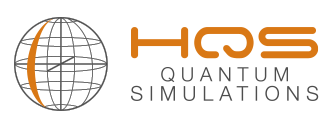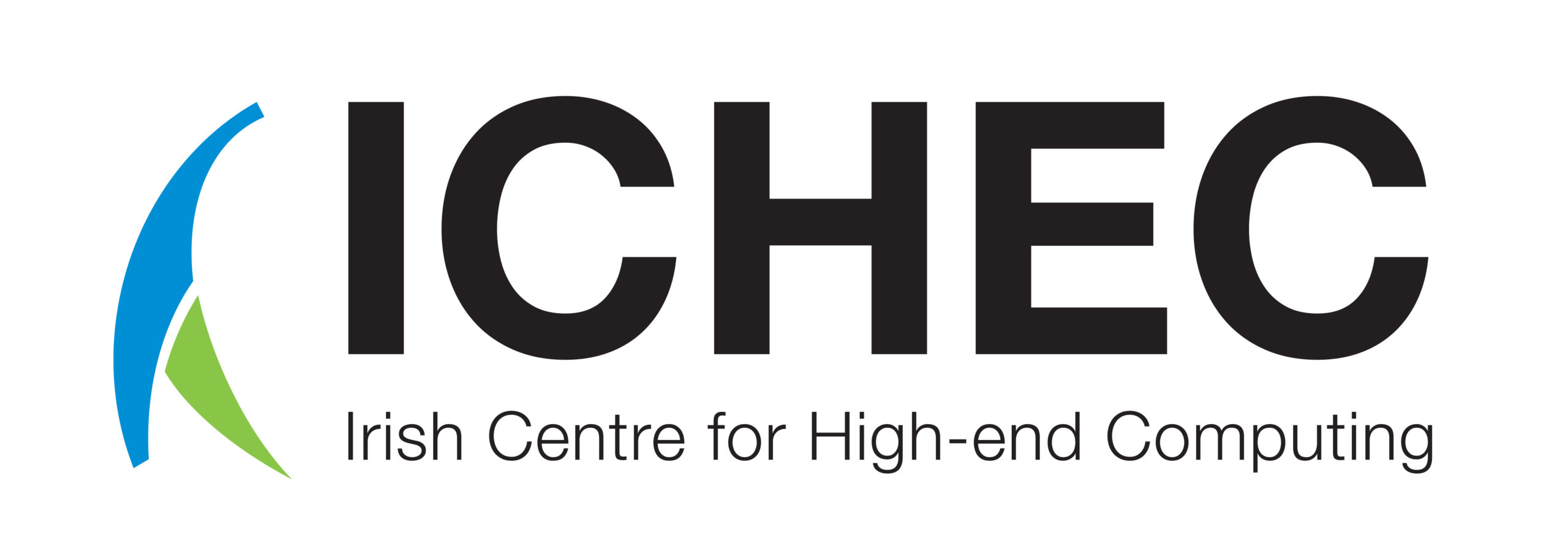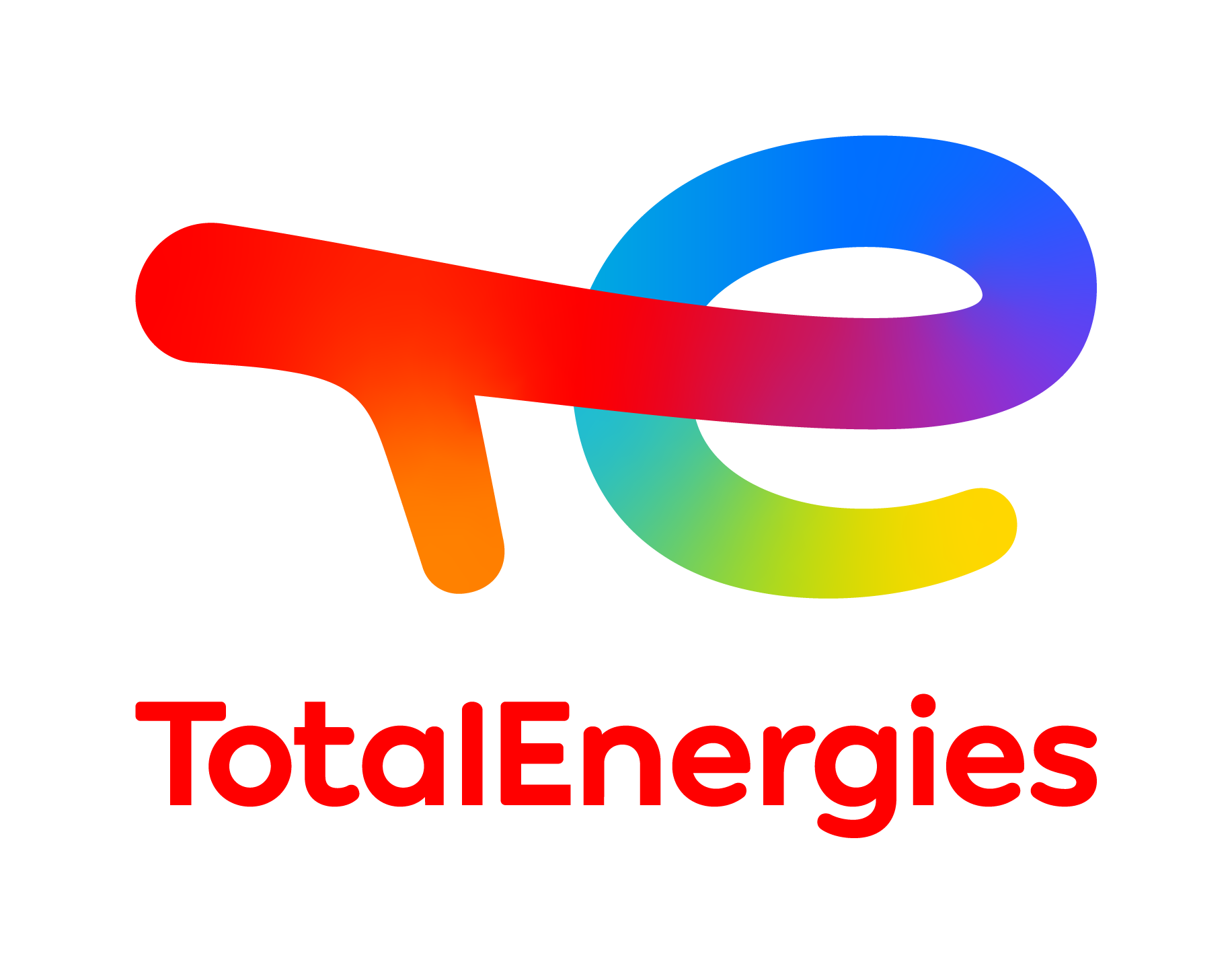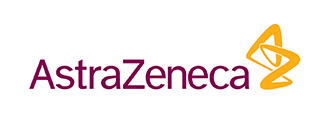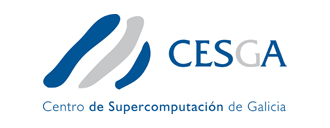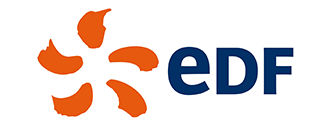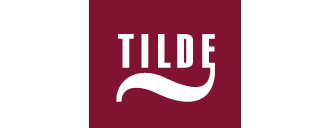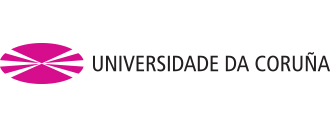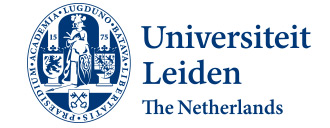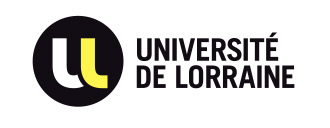Finding efficient ways to compute interactions between CO2 and an adsorptive system is one of the key global challenges today. A first step towards solving the problem on a quantum computer does not only bring immediate value to TOTAL’s CO2 capture efforts but allows the global community to build up on the open-source code, finally contributing to a carbon-emission-free world.
Our publications so far
- Open source variational quantum eigensolver extension of the quantum learning machine for quantum chemistry (WIRES)
- Extension of the Trotterized Unitary Coupled Cluster to Triple Excitations (The Journal of Physical Chemistry A)
- Modelling carbon capture on metal-organic frameworks with quantum computing (EPJ Quantum Technology)
- Calculating the ground-state energy of benzene under spatial deformations with noisy quantum computing (APS Physical Review A)
Our public deliverables so far
- D4.2 QCCC (Quantum Computing for Carbon Capturing) alpha (report)
D4.2 QCCC alpha (github) - D4.5 RO (Readout Optimization) Beta and QCCC (Quantum Computing for Carbon Capturing) Beta (report – with links to GitHub)
- D4.7: Readout Optimization
- D4.8: QCCC Gamma (report)
D4.8: QCCC Gamma (github)

